- Phone: +91 94800 58379
- Mon-Sun 24/7
- contact.sanyrahospital@gmail.com


Pelvic Organ Prolapse

Pelvic Organ Prolapse (POP) is a medical condition predominantly affecting women, resulting from the weakening of pelvic floor muscles and ligaments that support the pelvic organs. This weakening can lead to the descent or bulging of pelvic organs into the vaginal canal. If you’re seeking Pelvic Organ Prolapse Treatment in Bangalore, it is crucial to understand the various aspects of this condition. We will delve into the causes of POP, such as childbirth and aging, explore the different types of prolapse, and discuss the symptoms, which can range from discomfort to noticeable bulging. Additionally, we’ll cover diagnostic methods, available treatment options including conservative and surgical interventions, and preventive measures to manage or reduce the risk of POP. Expert care in Bangalore can help effectively address and manage this condition to improve quality of life.
Prolapsed pelvic organs typically result from weakening pelvic floor support structures, with contributing factors including:
There are different forms of pelvic organ prolapse depending on which organ(s) is affected, including:
The signs and symptoms associated with pelvic organ prolapse vary in intensity and may include:
Healthcare providers typically diagnose pelvic organ prolapse through an evaluation that includes medical history review, physical exam, and additional tests like pelvic floor strength assessments or imaging techniques such as ultrasound or MRI scan.
Depending on its severity and individual preferences, treatments options available for pelvic organ prolapse range from:
While not every case of pelvic organ prolapse can be avoided entirely, certain measures can reduce its risks:
If you’re seeking Pelvic Organ Prolapse Treatment In Kengeri or Bangalore, Dr. Rajendra Prasad is here to help. To schedule a consultation or get more information about his services, contact us at Sanyra Hospital. Dr.Rajendra Prasad is committed to providing high-quality care and ensuring that you receive the best possible Treatment for Pelvic Organ Prolapse.
If you’re seeking Pelvic Organ Prolapse Surgeon in Kengeri or Bangalore, look no further than Dr. Rajendra Prasad . With his expert care and personalized approach, you can be confident that you are in capable hands. Dr. Rajendra Prasad is an MBBS, MS (General Surgery), MCh (Urology), Consultant Urologist, Andrologist, Endoscopic, Laparoscopic & Kidney Transplant Surgeon with over 12+ years of service. He has handled many critical surgeries and is highly experienced in treating Pelvic Organ Prolapse and other urological conditions.
At its core, Pelvic Organ Prolapse is a condition caused by weakening pelvic support structures, resulting in organs prolapsing into the vaginal canal and being carried down by gravity. Awareness of its causes, types, symptoms, and prevention strategies is vitally important to women’s health; seeking professional diagnosis and appropriate treatment options from healthcare practitioners will enable individuals to better manage symptoms while improving overall well-being.
Symptoms of Pelvic Organ Prolapse include a feeling of pressure or fullness in the pelvic area, a bulge in the vagina, discomfort during intercourse, and urinary or bowel issues.
Pelvic Organ Prolapse can be caused by childbirth, heavy lifting, chronic coughing, or straining during bowel movements, all of which put pressure on the pelvic floor muscles.
Diagnosis of Pelvic Organ Prolapse involves a pelvic exam, during which the doctor may ask you to strain or bear down to see if the pelvic organs bulge into the vaginal area. It’s also possible to employ imaging tests like an MRI or ultrasound.
Treatments for Pelvic Organ Prolapse range from lifestyle changes and pelvic floor exercises to the use of a pessary device or surgery to repair the vaginal wall.
You should see a doctor if you experience symptoms that affect your daily life, such as a noticeable bulge in the vagina, pelvic discomfort, or issues with urination or bowel movements.

We are happy to assist you! Fill the form we will contact you soon!
Sanyra Hospital is a leading Multi-Speciality Hospital in Kengeri Bangalore and diagnostic centre. With a commitment to providing high-quality healthcare services, it offers a wide range of medical specialties and advanced diagnostic facilities to meet the diverse healthcare needs of the community. We have dedicated urology center & dialysis center.
© 2023, Sanyra Hospital. All Rights Reserved.
WhatsApp us